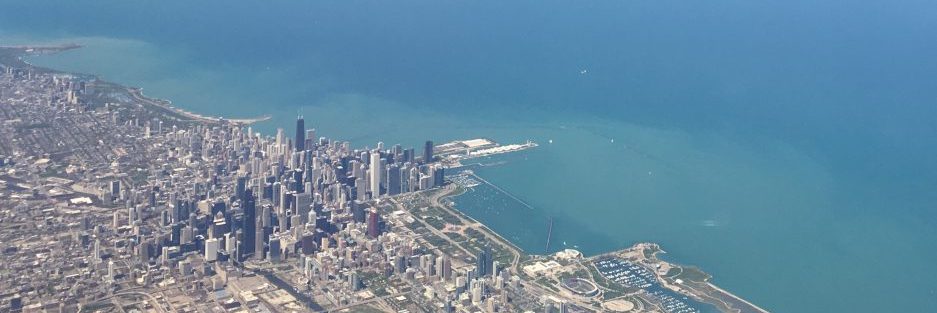I think it’s safe to say that everyone was looking forward to the end of 2020. For me, despite an uptick in COVID cases across the country and an upheaval in my working environment in early November that buried me in work and pressure for several months, my mood at the end of the year wasn’t all that terrible. We visited my parents at Thanksgiving and again at Christmas; small, simple gatherings that didn’t feel quite normal, but didn’t feel wholly abnormal, either. Hubs and I were planning a quiet New Year’s Eve at home – a pal had sent me a bottle of Dom Perignon (a first for me), and I’d splurged on a couple of pounds of giant stone crab claws and remoulade fresh off a plane from Key Largo.
The day before, Hubs had opened our home to two foster pups we called Frank and Gary, who had been left in a cardboard box by the side of a road in Indiana. We were in full-on puppy mode, giggling at their antics, cheering when they peed outside, and trying to broker a tentative peace between these two little guys and our older, wisened girls. Displeased at these wriggly, wrinkled creatures breathing her air, our big girl needed a good long walk to set her straight, so Hubs set out on a four-mile loop while I settled onto the living room couch with Frank and Gary snoozing on my chest and legs (and sometimes my neck and face), making sleepy little grunting noises. I remember thinking at the time that it’s impossible to be in a bad mood when you’re covered in puppies.
And then the phone rang. It was Hubs calling to say that he’d slipped on an icy patch of sidewalk, and I needed to come pick him up at the end of a cul-de-sac a few blocks away. Time slowed down as we did the initial response and assessment: calling the insurance company, identifying an in-network emergency room that had decent reviews, calling the puppy rescue to relocate Frank and Gary and their various accoutrements, gathering historical x-rays, masks, reading material, etc. for what would undoubtedly be a long wait in the ER, only to find out I couldn’t even go in with Hubs because of COVID, dropping him off in a circle drive in front of an ambulance bay, calling people in our lives to tell them what had happened and where we were.
At some point on New Year’s Eve, I remember sitting alone at my kitchen table in dark silence, chewing on a tepid slice of leftover Detroit-style pizza that I didn’t taste, unable to summon enough energy to wipe the tears off of my face. After almost a year of cumulative emotional traumas – canceled plans, uncertainty and the inability to look forward with any reliability or consistency, the cloud of infectious disease casting a dark shadow on even the things that should’ve been light and fun, Hubs losing his job in higher education after 25 years, having no discernible life to balance out work (so just work. All. The. Time.), no co-workers nearby to commiserate with over a cup of coffee, no friends without heaps of challenges of their own and no emotional bandwidth to spare, political divisiveness, racial disparities, conspiracy theories, hate, violence, not knowing who or what information to trust – that one little fractured tibia was just more than I could take.
That was three months ago. Bones heal; ice melts; spring comes. Vaccines are being rolled out faster than I expected. The days are longer; the sun is warmer. I should be feeling optimistic and hopeful; I should be grateful for the buds of normalcy poking through the thawing ground; I should be looking forward to the possibilities of summer. But instead, I just see fractures. Everywhere. Fractured friendships; fractured relationships; fractured families; fractured hearts; fractured homes; fractured growth; fractured routines; a fractured country. Some of those fractures are simple, hairline fissures; others are compound, sending shrapnel every which way. Either way, instead of hope and optimism, all I see and feel is pain and anger and an exhausted brokenness.
When bones fracture, the prescription is usually a simple formula: immobilization + time; creating the ideal environment for the body to heal itself. But what about those social, emotional, cultural, relational fractures where immobilization + time isn’t possible? There’s no neat formula for any of the fractures I see around me because that “ideal healing environment” either can’t be created or doesn’t exist at all.
In some cases, maybe time alone is enough. Maybe some fractures are shallow enough that they will heal with time. But those compound ones are going to need a lot more care and attention to heal, and I’m not sure when or if I’ll have enough energy to do the work.
I sometimes regret not writing more about life during this pandemic, although if this post is any indication, my writing would have been uncharacteristically bleak. I remember writing in the early phases of the pandemic that I felt like my inner drummer was having one long continuous stroke, flailing around trying desperately to keep a beat but just creating noise. Eventually my drummer’s stroke subsided, and he has largely gone quiet. At times, he’s been resting – perhaps in a medically-induced coma to promote healing. On a few occasions, he’s gotten himself onto the stool and plunked out a simple quarter note cadence on the kick drum. Nothing fancy, but enough to establish a little background rhythm anyway.
At the moment though, he’s just kind of sitting there staring at his kit. He remembers how to play, and he’s physically healed enough to do it. But somehow, he just can’t summon the energy to pick up those sticks.
And he sure as shit doesn’t feel like making music.

